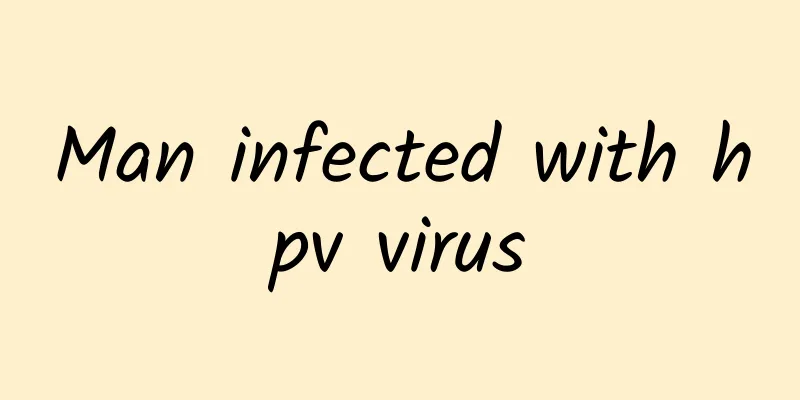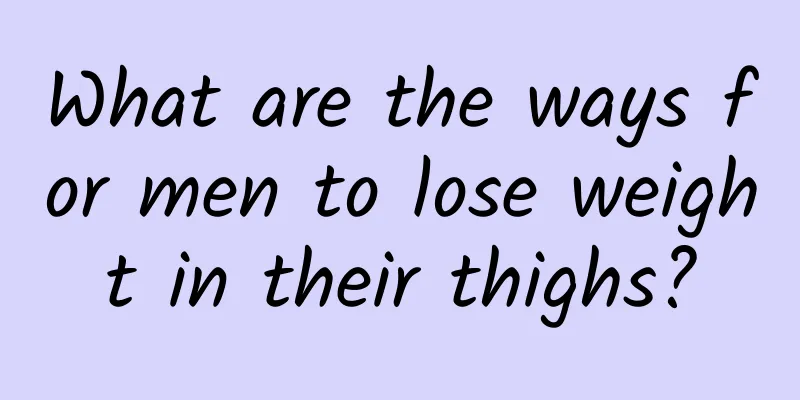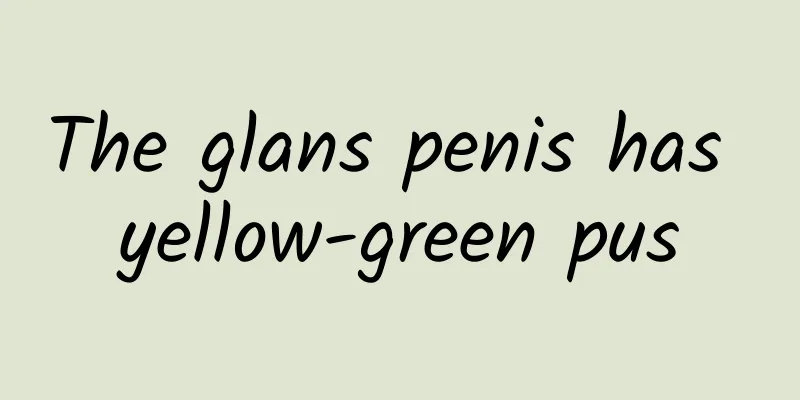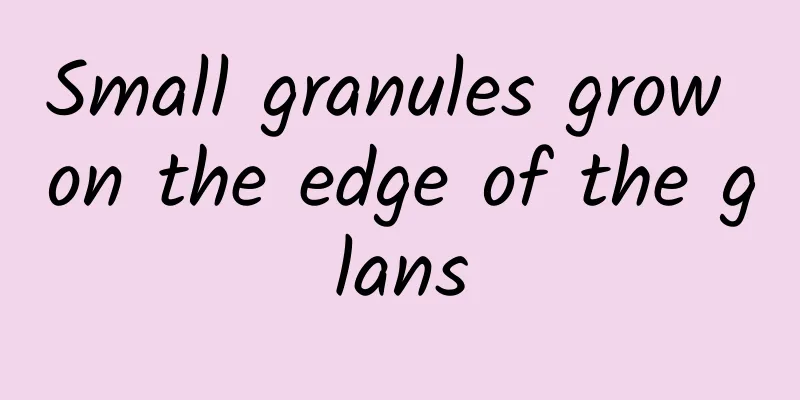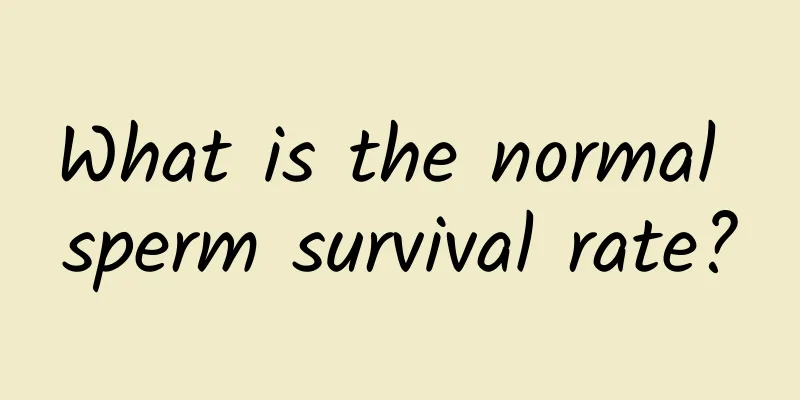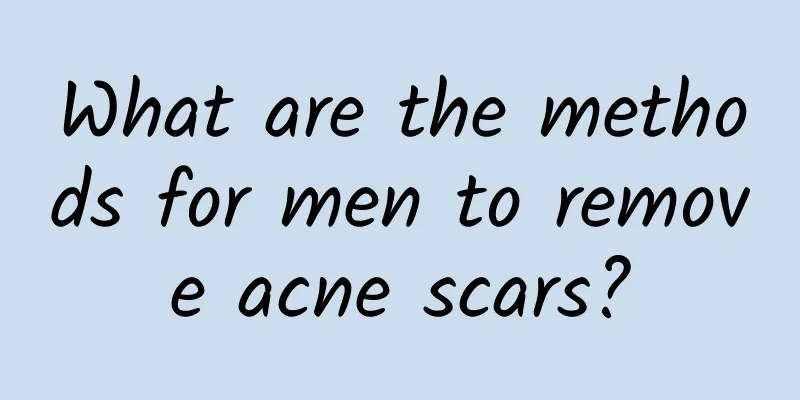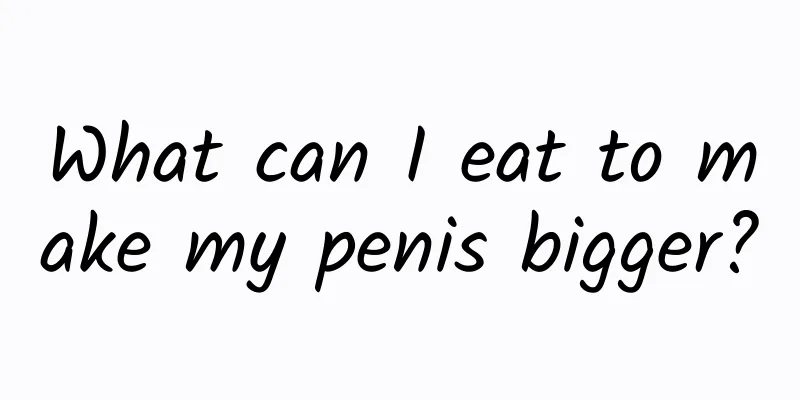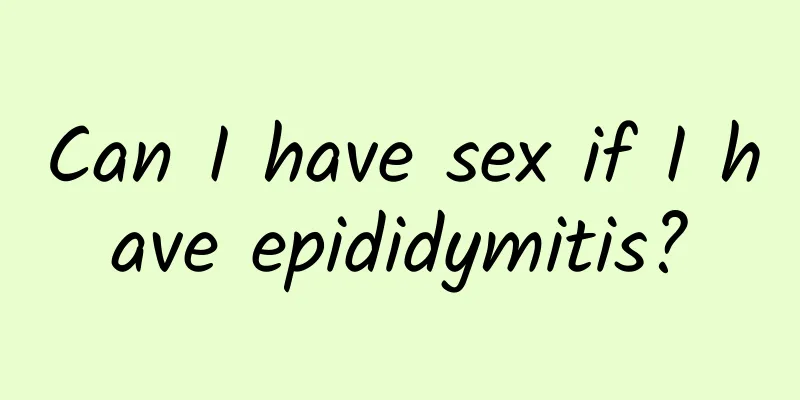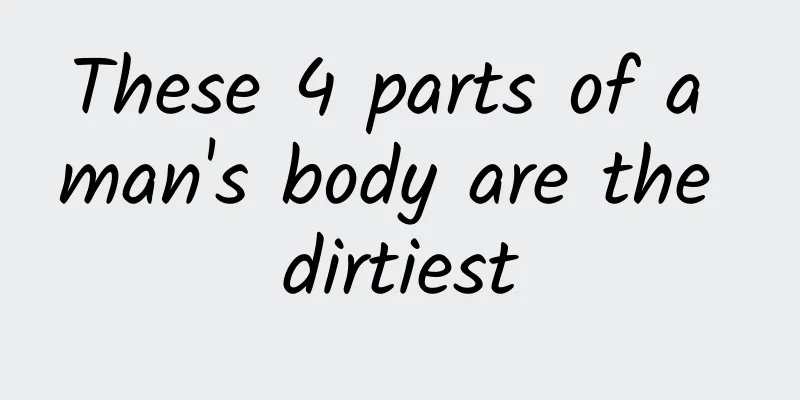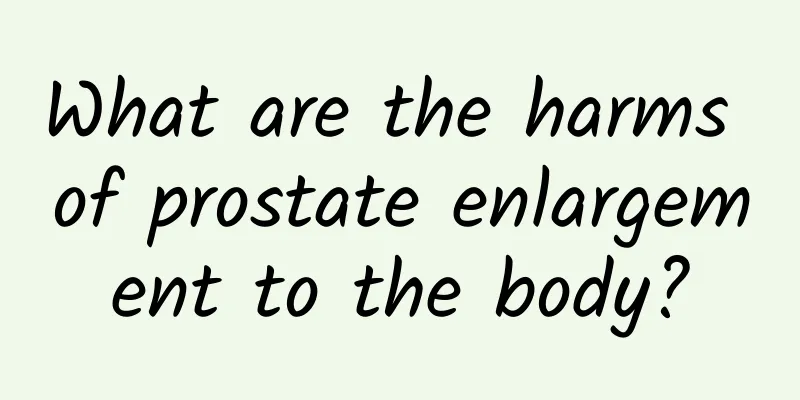Testicular structure
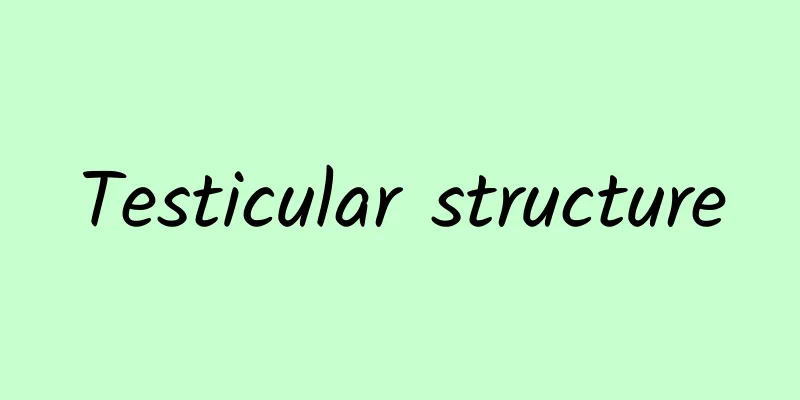
|
The male testicle is located in the scrotum, one on the upper and one on the lower, usually the left one is slightly lower than the right one. It is an organ that produces sperm and metabolizes male hormones. The male testicle is slightly flattened oval, with a smooth surface, divided into the front edge, upper and lower sides, and inner and outer sides. The outer edge is scattered, with blood vessels, nerves and lymphatic vessels entering and exiting the edge, and connected to the epididymal cyst and the ejaculatory duct. The upper part is covered by the epididymal cyst head and the lower part is scattered. The two sides are relatively convex and closely attached to the scrotal wall; the inner side is relatively flat and adheres to the scrotal septum. The testicle of an adult male weighs about 10~15g. The male testicles of newborns are relatively large. They grow and develop slowly before sexual maturity, and grow and develop rapidly during estrus. The male testicles of the elderly will gradually shrink. The surface of the testis is covered with a serous membrane, the tunica vaginalis; its shallow layer is a strong white membrane. The white membrane thickens at the edge of the testis and enters the testis, forming the testicular septum. Many testicular septa extend from the septum, extending into the testicular body in a fan-shaped manner and connecting with the white membrane, dividing the testicular body into 100~200 testicular lobules. Each lobule contains 2~4 winding seminiferous tubules, from which sperm is produced. The connective tissue between the seminiferous tubules contains interstitial cells that metabolize male hormones. The seminiferous tubules converge into straight seminiferous tubules near the testicular septum, and then merge into the testicular septum to form the testicular rete. The testicular rete gives rise to 12 to 15 testicular efferent tubules, which pass through the upper end of the testicular margin and enter the epididymal cyst. Shape and structure of epididymal cyst The epididymal cyst is crescent-shaped and is composed of the male testicular efferent ductules and the convoluted epididymal duct, close to the upper and edge of the male testicle. The epididymal duct is about 6cm long. The epididymal cyst is divided into the upper swollen epididymal cyst head, the middle epididymal cyst body and the lower epididymal cyst tail. The epididymal cyst tail bends upward to become the ejaculatory duct. The epididymal cyst temporarily stores male sperm, metabolizes the nutrients of the epididymal cyst fluid to male sperm, and promotes the further improvement of male sperm. |
<<: A man has dull pain in the lower middle of his abdomen
>>: There are many small lumps on the edge of the glans, which are not painful or itchy.
Recommend
Does lumbar muscle strain affect sexual function?
In life, people often experience lower back pain....
How can men build muscle quickly?
How to build muscle quickly is what many men want...
How can men exercise to lose weight effectively?
If men want to lose weight, general methods will ...
Can men do sit-ups to improve their sexual function?
Sexual dysfunction is a very common disease in so...
Why do my hands and feet sweat? How can I treat it?
Many people are born afraid of cold, especially i...
What are the ways to improve men's sexual ability?
Recently, many male friends have generally experi...
How to Exercise for Erectile Dysfunction and Premature Ejaculation
The harm of impotence and premature ejaculation t...
What is the difference between hysteria and depression?
People often confuse these two different diseases...
What are the causes of hematuria after ejaculation? These four factors are the most common
Prostatitis xt-indent: 2em; text-align: left;"...
Are there risks in lengthening surgery?
In fact, in daily life, many boys have encountere...
Four harmful taboos for men after sex
Don't urinate right away Urinate immediately ...
What happens if you are zinc deficient? Check out the common dangers of zinc deficiency in men
Zinc is one of the trace elements necessary for t...
Where is the male pubic bone?
The probability of female pubic problems is relat...
What causes penis base spasm?
Whenever the body has a spasm, it will make the p...
What causes testicle hardening?
Hardened testicles are an abnormal condition that...
